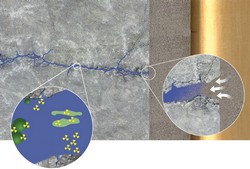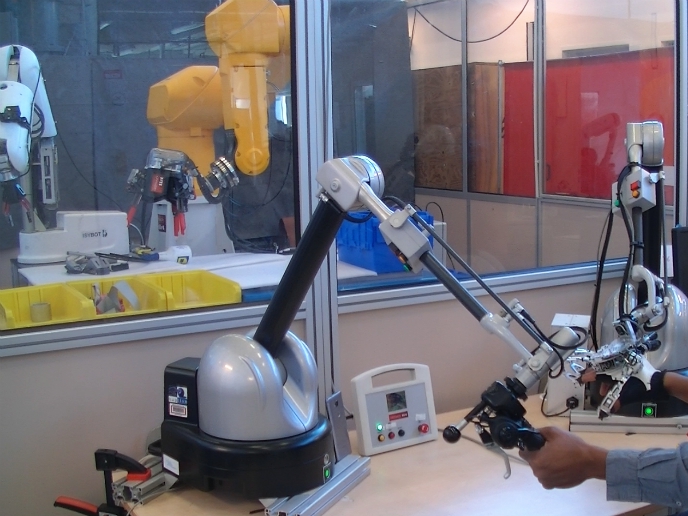Improved barrier systems for nuclear waste disposal
The aim of the project BELBAR(opens in new window) (Bentonite erosion: effects on the long term performance of the engineered barrier and radionuclide transport) was to investigate important processes occurring in the geological disposal of high-level radioactive waste. Experiments conducted and models developed within the scope of the project will help to reduce uncertainties associated with erosion as well as instability issues in engineered barrier systems (EBSs) and fractured host rock. The formation of clay colloids may degrade the EBS and adversely affect transport of radionuclides, reducing the efficiency of the natural barrier. Scientists therefore began by determining the conditions required for colloidal stability as instability and short lifetimes would make it unnecessary to include them in updated models. Researchers then focused on improving quantitative models for erosion of the EBS for those scenarios in which the colloids are stable. This included increasing understanding of radionuclide attachment to and transport by clay colloids to realistically model processes. Scientists also developed several experimental setups to evaluate transport of radionuclides in stagnant water and in fractures. The latter included artificial fracture systems to study extrusion of swelling clay into nearby fractures. Results from a range of conditions suggested strong colloid attachment to fracture surfaces even under unfavourable scenarios. The consortium also investigated colloid stability and investigations of five different clays from five different origins. This showed growing aggregation resulting in the destabilisation of colloids with increasing ionic strength. BELBAR will help to reduce the assessed overall risk of the depository and guide future site selection characterisation programmes. It will also aid in the selection of engineered barriers for a nuclear waste repository. One unique aspect of the project is the short step from fundamental science to industrial application. Hence, the project will be of significant value to the scientific community, especially the fields of surface and colloid chemistry.






